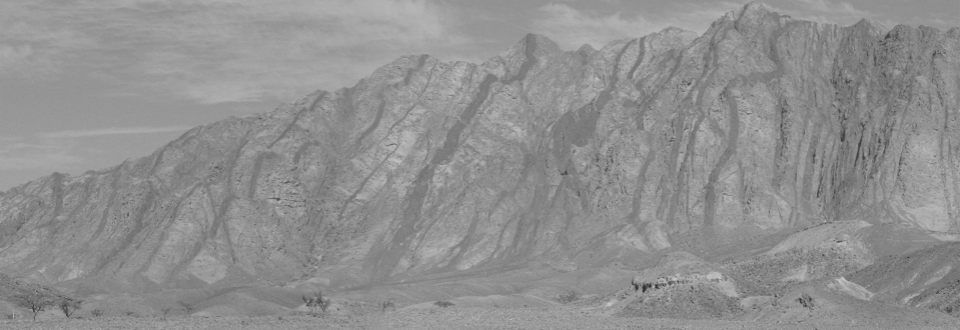A new paper is out in Nature Communications – a study by Fabien Leprieur and co-authors (including me) on how plate tectonics influences the biodiversity dynamics of tropical reefs. Previously published paleo-shoreline estimates (see data on Github and Heine et al paper) have were used as base to model paleo-bathymetry and time-dependent spatial diversification patterns of tropical marine reefs – here’s the abstract:
The Cretaceous breakup of Gondwana strongly modified the global distribution of shallow tropical seas reshaping the geographic configuration of marine basins. However, the links between tropical reef availability, plate tectonic processes and marine biodiversity distribution patterns are still unknown. Here, we show that a spatial diversification model constrained by absolute plate motions for the past 140 million years predicts the emergence and movement of diversity hotspots on tropical reefs. The spatial dynamics of tropical reefs explains marine fauna diversification in the Tethyan Ocean during the Cretaceous and early Cenozoic, and identifies an eastward movement of ancestral marine lineages towards the Indo-Australian Archipelago in the Miocene. A mechanistic model based only on habitat-driven diversification and dispersal yields realistic predictions of current biodiversity patterns for both corals and fishes. As in terrestrial systems, we demonstrate that plate tectonics played a major role in driving tropical marine shallow reef biodiversity dynamics.
The paper is available as open-access on the Nature Communications website. Associated data can be downloaded from Figshare.

